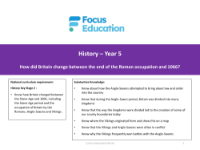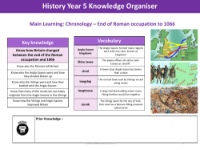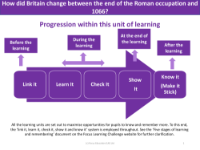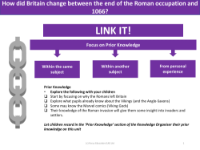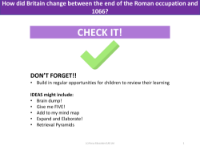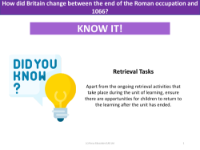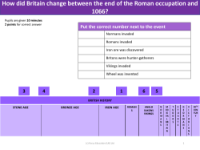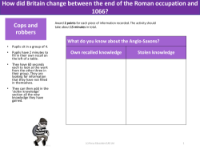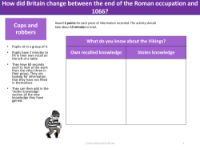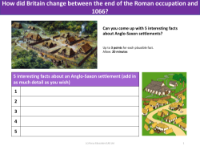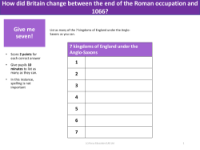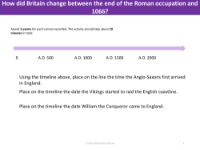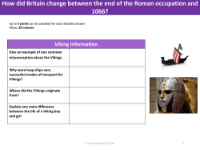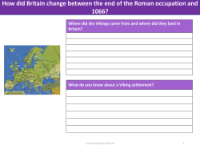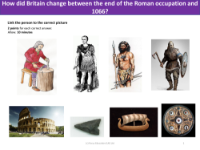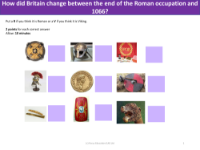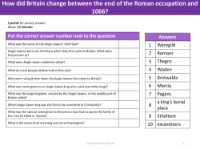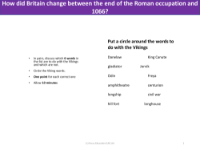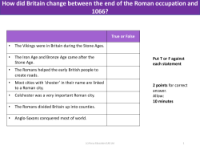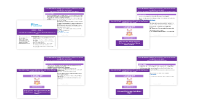Give me 3 - Vikings
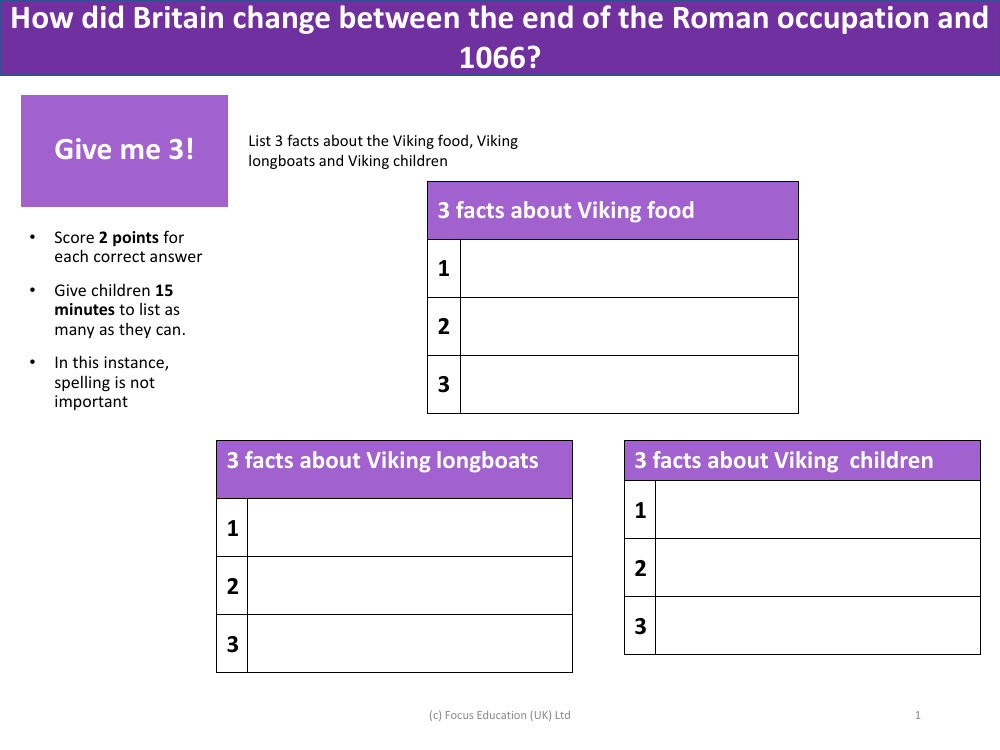
History Resource Description
When exploring the history of the Vikings, a 'Give me 3' activity can be a fun and educational way to encourage children to discover various aspects of Viking life. For instance, when considering Viking food, children could note that the Vikings were adept at using local resources, with diets heavily reliant on meat from farming and hunting, fish from their extensive seafaring activities, and vegetables like onions and beans. They also preserved food through smoking, drying, and pickling to ensure supplies during the harsh winters.
Regarding Viking longboats, these iconic vessels were masterfully engineered for both speed and versatility. Their shallow draft allowed for navigation in both deep and shallow waters, making them perfect for trade, exploration, and raids. The longboats were equipped with oars and a single square sail, and their symmetrical bow and stern design meant they could reverse direction without needing to turn around. As for Viking children, they started contributing to the household or community at an early age. They were taught essential skills for survival, including farming, weaving, and blacksmithing, and were often involved in games that developed physical strength and combat skills, reflecting the importance of being able to defend oneself in Viking society.
The period between the end of Roman occupation and the year 1066 saw significant changes in Britain. The Roman withdrawal led to the fragmentation of control, with various kingdoms and tribes vying for power. This era, known as the Early Middle Ages, was marked by a series of invasions and settlements, including those by the Vikings, who established significant settlements and mingled with the local populace. The landscape, political structures, and cultures of Britain evolved considerably during this time, laying the foundations for the modern British Isles.
